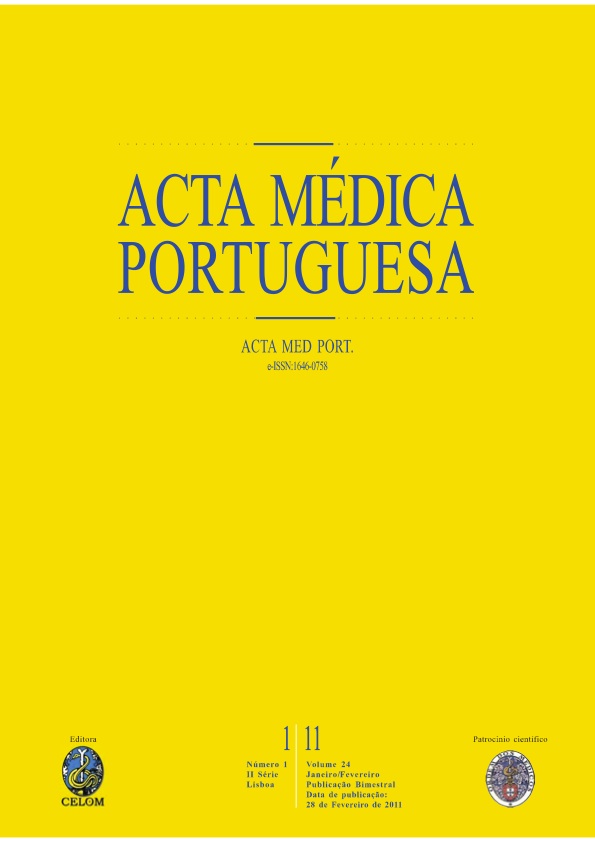Adverse events and near misses in medical imaging.
DOI:
https://doi.org/10.20344/amp.330Abstract
In 2000, the Institute of Medicine's report, To Err Is Human: Building a Safer Health System, caught the public attention documenting the magnitude of the medical error problem and the inherent patient safety: medical errors cause between 44,000 and 98,000 deaths annually in the United States. Currently, there is a growing interest in risk management on the medical field, particularly in the management of adverse events. It has been mainly due to the commitment of the World Health Organization, that this field of research has gained increasing the attention it deserves. Medical imaging is one of the high risk fields for the occurrence of errors, especially due to the multiplicity of techniques, the several stakeholders and the complexity of the whole circuit that involves the conduct of studies. Many of the methods used to analyze patient safety were adapted from risk-management techniques in high-risk industries (e.g. chemical, nuclear power and aviation industry). It is recognized that we can learn more from our mistakes than from our successes and the reporting systems in these industries have provided a valuable contribution to error prevention and risk management techniques. At a minimum, adverse events reporting systems can help to identify hazards and risks, providing important information on the system aspects that should be improved. However, the accumulation of potentially relevant data contributes little to healthcare services improvement. It is crucial to apply models to identify the underlying system failures, the root causes, and enhance the sharing of knowledge and experience. In this paper, it is suggested a solution to reduce adverse events, by identifying and eliminating the root causes that are in their source. How the Eindhoven Classification Model was adapted and extended specifically for the Medical Imaging field is also presented. The proposed approach includes the root causes analysis and introduces incomplete information concepts through the use of logical-mathematical operators formally sustained. This model is the basis of the adverse event and near misses reporting and learning system that was developed for Medical Imaging and is implemented in two Portuguese healthcare institutions. The objectives, characteristics and function of this system are presented throughout this article.Downloads
Downloads
Published
How to Cite
Issue
Section
License
All the articles published in the AMP are open access and comply with the requirements of funding agencies or academic institutions. The AMP is governed by the terms of the Creative Commons ‘Attribution – Non-Commercial Use - (CC-BY-NC)’ license, regarding the use by third parties.
It is the author’s responsibility to obtain approval for the reproduction of figures, tables, etc. from other publications.
Upon acceptance of an article for publication, the authors will be asked to complete the ICMJE “Copyright Liability and Copyright Sharing Statement “(http://www.actamedicaportuguesa.com/info/AMP-NormasPublicacao.pdf) and the “Declaration of Potential Conflicts of Interest” (http:// www.icmje.org/conflicts-of-interest). An e-mail will be sent to the corresponding author to acknowledge receipt of the manuscript.
After publication, the authors are authorised to make their articles available in repositories of their institutions of origin, as long as they always mention where they were published and according to the Creative Commons license.









